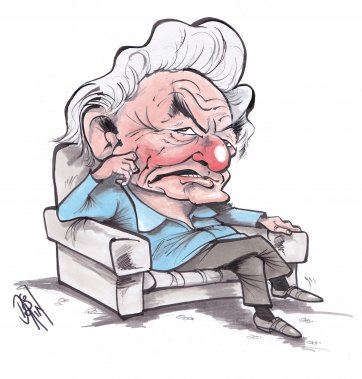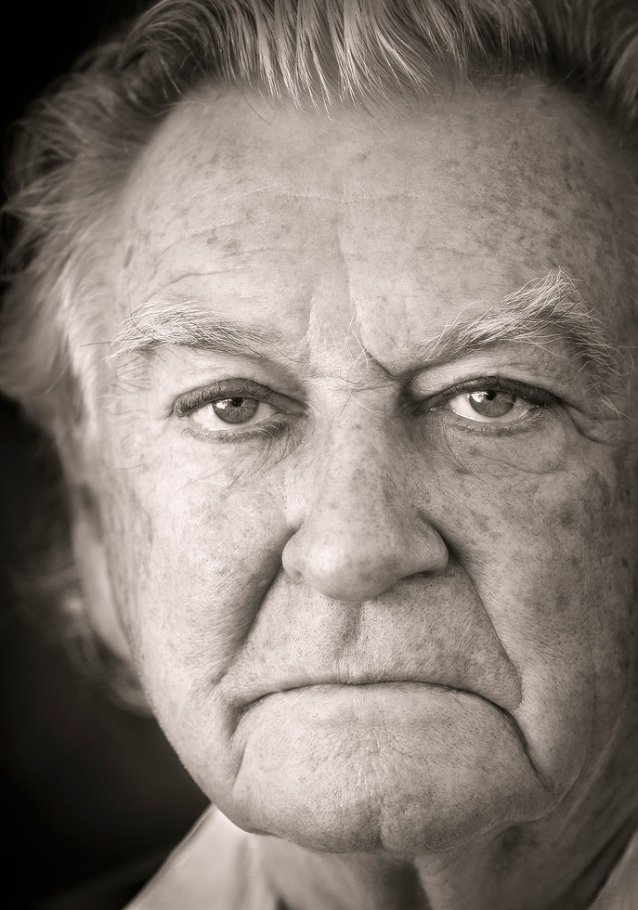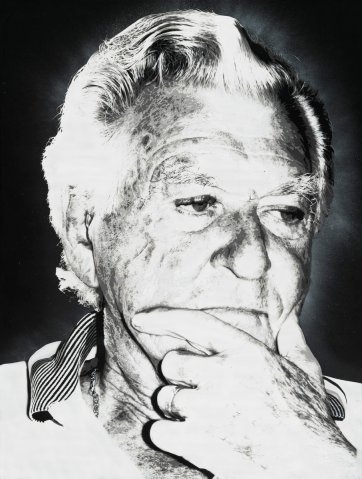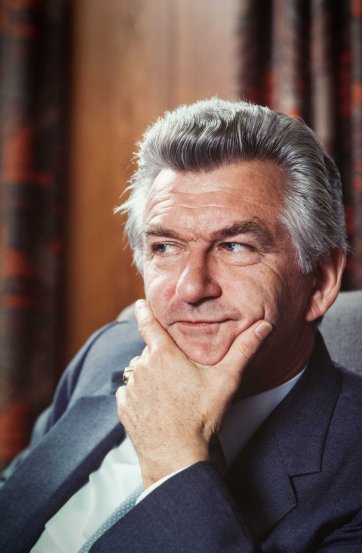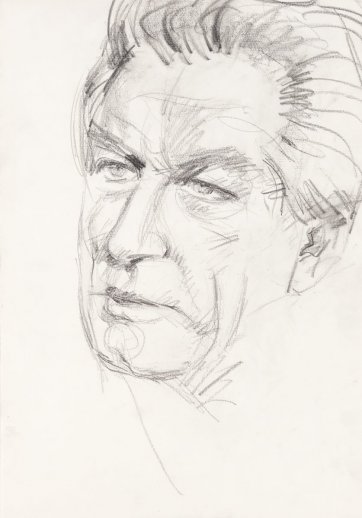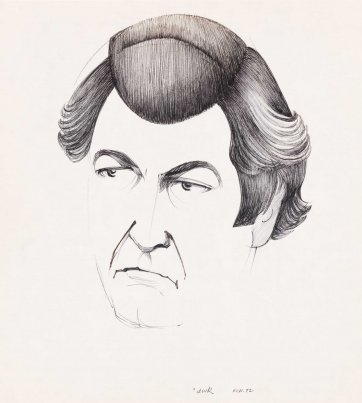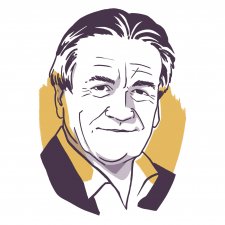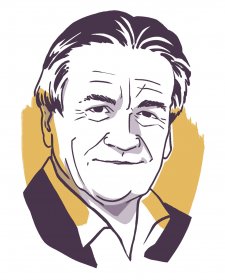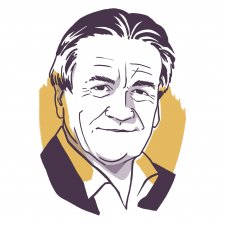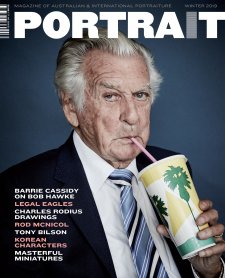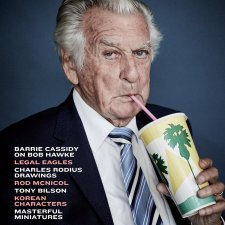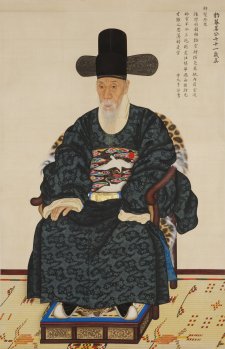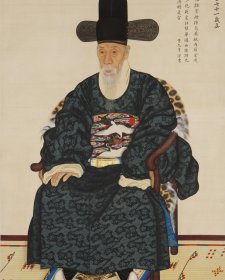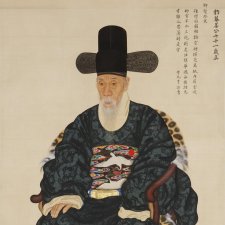For my part, I’ll remember Bob Hawke for very different reasons. First, from a media point of view he was a dream to work for. Because he was so genuine and authentic, and because he was so at ease with people, there was little for the image-makers to do. John Singleton often described him as an intellectual larrikin. It is the perfect characterisation. Hawke’s intelligence and self-confidence meant he could enter into long discussions with the likes of Ronald Reagan and Mikhail Gorbachev and mix it with them. And, likewise, there was never any awkwardness when he met the Queen. In fact it was quite the opposite. During one Commonwealth Heads of Government meeting, he turned up for the obligatory audience with Her Majesty, with me following behind at a discreet distance. As they shook hands, Queen Elizabeth said to him, ‘Hello Prime Minister; I hope I haven’t dragged you away from something important?’, to which he replied, ‘Well your majesty – Margaret Thatcher has just started speaking. You be the judge.’ ‘Oh Bob, you haven’t changed’, she replied with a laugh.
Equally, he could fold into the crowd at shopping centres, festivals or sporting events.
Long after he was prime minister I went with him to a big game at the MCG with a group of visiting American congressmen, journalists and business representatives, as part of the Australia-America Leadership Dialogue. After the match we were walking across the car park to a chartered bus, when he said, ‘I hate this bus business. You end up sitting there for ages waiting for the last bugger to turn up’.
Just then a couple of young blokes in a car called out ‘Hawkie you're a legend!’ He shot back ‘If I’m such a friggin’ legend then give me a lift back to the pub’. They did. He jumped into the back seat and away he went. The Americans were gobsmacked. They couldn’t believe that a former prime minister would allow himself to be driven away by perfect strangers without any security. The fact is, not many would. The next day I asked him how it had gone, and he said, ‘They were lovely blokes – though of course they had to get their mums on the phone to talk to me, but that was fine’.

